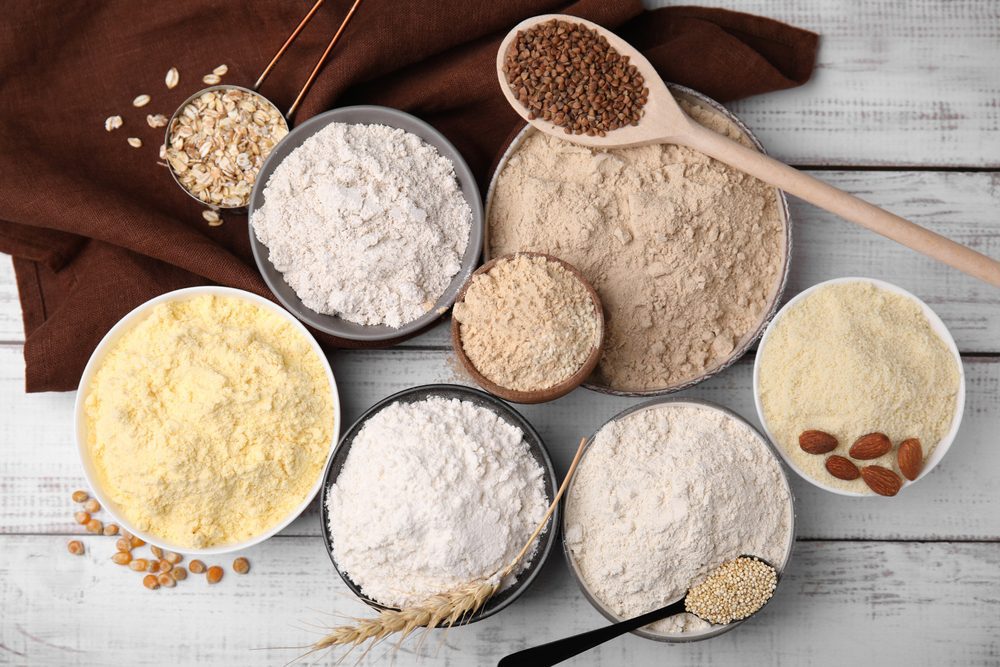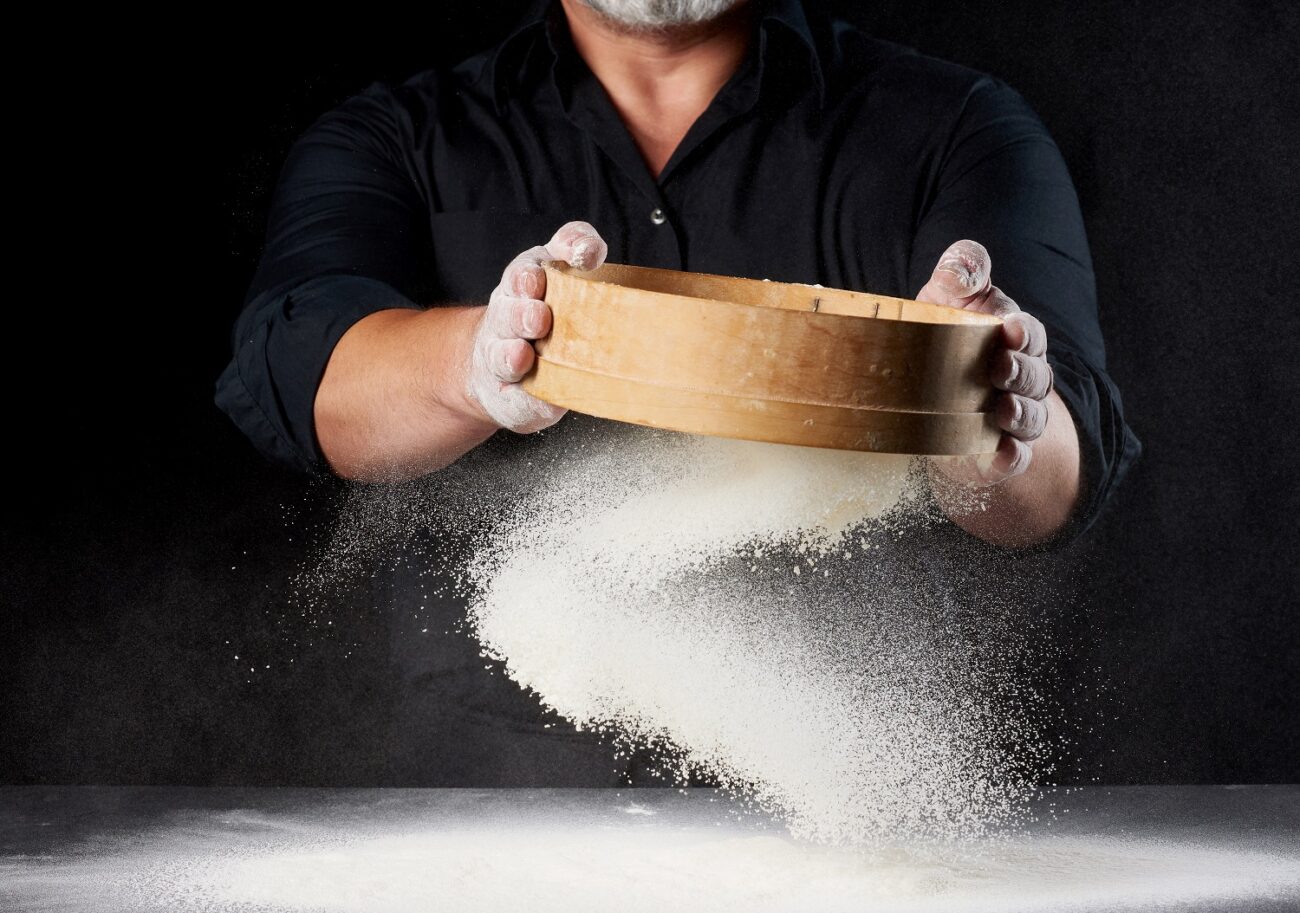Cutting back on carbs doesn’t mean giving up your favorite baked goods. Thanks to a growing selection of low-carb flours, you can enjoy everything from pancakes to pizza crust without the blood sugar spike.
Whether you’re following a keto, paleo, diabetic-friendly, or low-carb diet, choosing the right flour substitute can make all the difference in taste, texture, and nutrition.
In this guide, we’ll break down the top types of low-carb flour, how they compare, and tips on how to use them in your kitchen.
Why Choose Low-Carb Flour?
Unlike traditional wheat flour, which is high in carbohydrates and can quickly raise blood sugar, low-carb flours are made from nuts, seeds, legumes, or fiber-rich vegetables. They’re often higher in protein, healthy fats, and fiber, making them ideal for people watching their carbs or managing conditions like diabetes.
1. Almond Flour
Carbs: ~2g net carbs per 1/4 cup
Texture: Fine, moist, slightly nutty
Best for: Cookies, cakes, muffins, pancakes, breading
Benefits:
- Rich in vitamin E, magnesium, and healthy fats
- Naturally gluten-free
- Popular in keto baking for its mild taste and soft texture
Tips:
- Almond flour is denser than wheat flour. Start by substituting 1:1 but expect to use more binding agents like eggs.
2. Coconut Flour
Carbs: ~6g net carbs per 1/4 cup
Texture: Dry, fluffy, mild coconut flavor
Best for: Cakes, pancakes, muffins, thickening soups
Benefits:
- High in fiber (over 10g per serving!)
- Supports digestion and blood sugar control
- A little goes a long way — very absorbent
Tips:
- You usually need more liquid and more eggs when using coconut flour.
- Replace only 1/4 to 1/3 cup of coconut flour for every 1 cup of wheat flour.
3. Flaxseed Meal
Carbs: ~0–1g net carbs per 2 tablespoons
Texture: Coarse, nutty, earthy
Best for: Low-carb bread, muffins, pancakes, and egg replacement
Benefits:
- Rich in omega-3 fatty acids and lignans (plant compounds with antioxidant properties)
- Great source of soluble and insoluble fiber
- Can be used to make vegan egg substitutes (1 tbsp flax meal + 3 tbsp water = 1 egg)
Tips:
- Use in combination with other low-carb flours to improve texture.
- Store in the fridge to prevent rancidity.
4. Psyllium Husk Powder
Carbs: ~1g net carbs per tablespoon (mostly fiber)
Texture: Powdery, bland, highly absorbent
Best for: Binders in bread, tortillas, pizza crust
Benefits:
- Very high in soluble fiber, great for digestion and gut health
- Helps create structure and elasticity in gluten-free recipes
Tips:
- Adds a chewy texture similar to wheat-based dough
- Start with small amounts; a little psyllium goes a long way
5. Chia Seed Flour
Carbs: ~2g net carbs per 2 tablespoons
Texture: Slightly gritty, neutral flavor
Best for: Smoothies, puddings, baked goods, egg substitute
Benefits:
- High in fiber, omega-3s, and antioxidants
- Helps you feel full and supports heart health
Tips:
- Like flaxseed, chia flour can be used as a binder or egg replacement.
- Best used in combination with other flours for baking.
6. Sunflower Seed Flour
Carbs: ~3g net carbs per 1/4 cup
Texture: Light and fluffy, mild nutty flavor
Best for: Muffins, breads, cakes, nut-free baking
Benefits:
- Great alternative for those with nut allergies
- Packed with vitamin E, selenium, and magnesium
Tips:
- Can turn green when baked due to a chemical reaction with baking soda — harmless and can be minimized with a splash of acid (like lemon juice or vinegar).
7. Lupin Flour
Carbs: ~1g net carbs per 1/4 cup
Texture: Soft, smooth, legume-like flavor
Best for: Breads, crackers, pancakes, pasta
Benefits:
- High in plant protein and fiber
- Made from lupin beans (a legume related to peanuts)
Tips:
- Best when combined with other flours to reduce bitterness
- May cause allergic reactions in those sensitive to legumes
Tips for Using Low-Carb Flours
- Blending is best: No single low-carb flour perfectly mimics wheat flour. Combining almond flour, coconut flour, and binders like psyllium or flaxseed can yield better texture.
- Mind the moisture: Low-carb flours often need more liquid and eggs to hold together and rise.
- Taste test: Some flours (like flax, chia, or lupin) have a strong flavor — taste your batter before baking.
- Storage: Keep nut- and seed-based flours in an airtight container in the fridge or freezer to preserve freshness.

Low-carb flours open the door to healthier versions of your favorite recipes — without sacrificing flavor or satisfaction. Whether you’re baking keto brownies, making pizza crust, or thickening a sauce, there’s a flour that fits your goals and taste preferences.
Experiment, combine, and enjoy the creativity that comes with low-carb cooking!
Got a favorite low-carb flour recipe or a tip for baking success?
Share it in the comments — we’d love to hear from you!

